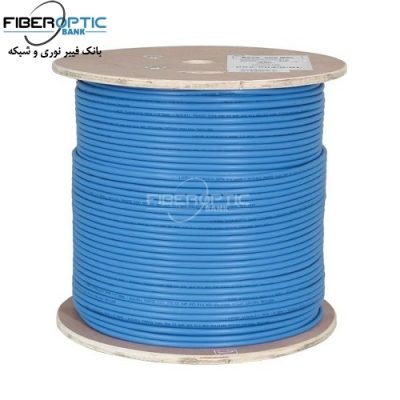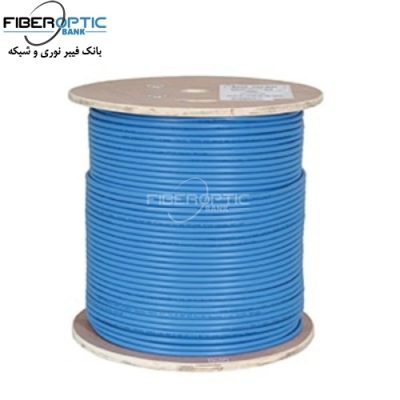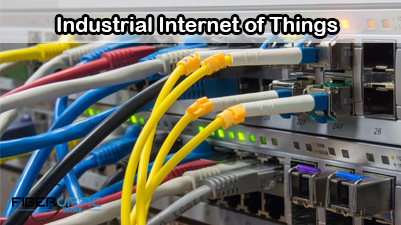5G networks threaten
5G, the fifth generation of mobile networks, is already starting to be rolled out in South Korea, the UK and the US and many other countries. The most striking benefit it offers is higher speed, with averages starting at something like 200Mbps, or around twice as fast as 4G, and peak speeds possibly going up to 10Gbps in the future.
As well as speed, 5G promises low latency and greater capacity, meaning more people can access high-bandwidth applications at the same time – for example, to stream video when they’re on the move.
With such improvements in performance, it’s now reasonable to ask: will 5G threaten the growth of fiber optic communications, and even replace fiber in some applications?
Backhaul demands
As well as 5G being able to handle so much data per connection, we are also seeing more and more devices being connected, particularly due to the Internet of Things (IoT). This means there’s a step change on the infrastructure needs for the mobile operators – it’s all very well getting a 5G connection to the nearest base station, but how should they handle the backhaul of all this data to their main infrastructure, and on to the public internet?
In fact, this means that 5G is turning out to be a major driver for growth in the installation of fiber networks, rather than a threat. Many operators still have copper-based connections in their mobile backhaul networks, which need replacing with faster fiber links.
5G does need operators to put in more, smaller base stations than existing networks, because of the shorter range of the radio signals used for 5G. For these ‘small cells’, another option is to use a radio or microwave technology for the link on to the backhaul network, but fiber has the advantages of being proven, secure, and often the most affordable choice to handle the huge amounts of data required.
A replacement for wired broadband?
While 5G offers the speed needed for connecting homes and businesses to the internet, it’s unlikely that 5G Fixed Wireless Access (FWA) will replace fiber for the ‘last mile’ connection. For a start, combining fiber to premises with a local Wi-Fi network offers security and convenience for users, and it’s easy to cover a whole building with no dead spots.
Of course, by using 5G for fixed wireless access there is no need to lay new fiber, thus reducing installation costs, and making it faster and easier to roll out new capacity. But the operating costs of 5G broadband are much higher than fixed connections – and have been estimated to be five times more.
While it’s arguable that 5G FWA will be the best solution for some customers, particularly in countries that have less well-developed fiber networks, it’s unlikely to be the dominant last mile connection for many years ahead.
Fiber: supporting the growth of 5G
As we’ve discussed, the choice of 5G vs fiber is not typically an ‘either or’ question. Both have an invaluable role to play in the broadband networks of the next few years, and in fact the roll out of 5G will lead to a huge increase in demand for new fiber connections.
To enable cost-effective deployment of these new fiber networks, with the reliability that operators demand, it’s essential that the fiber connectors used are rugged, high quality, and easy to install. Bulgin offers a wide range of fiber connectors that step up to the mark, with proven reliability and performance – for even the harshest environments. Visit bulgin.com to find out how rugged connectors can help fiber meet the challenge of supporting 5G deployments.
Source: community.element14
















[ratings]